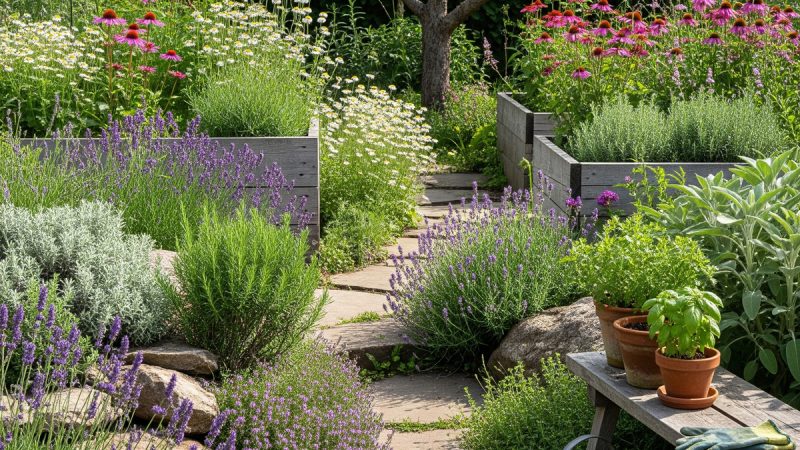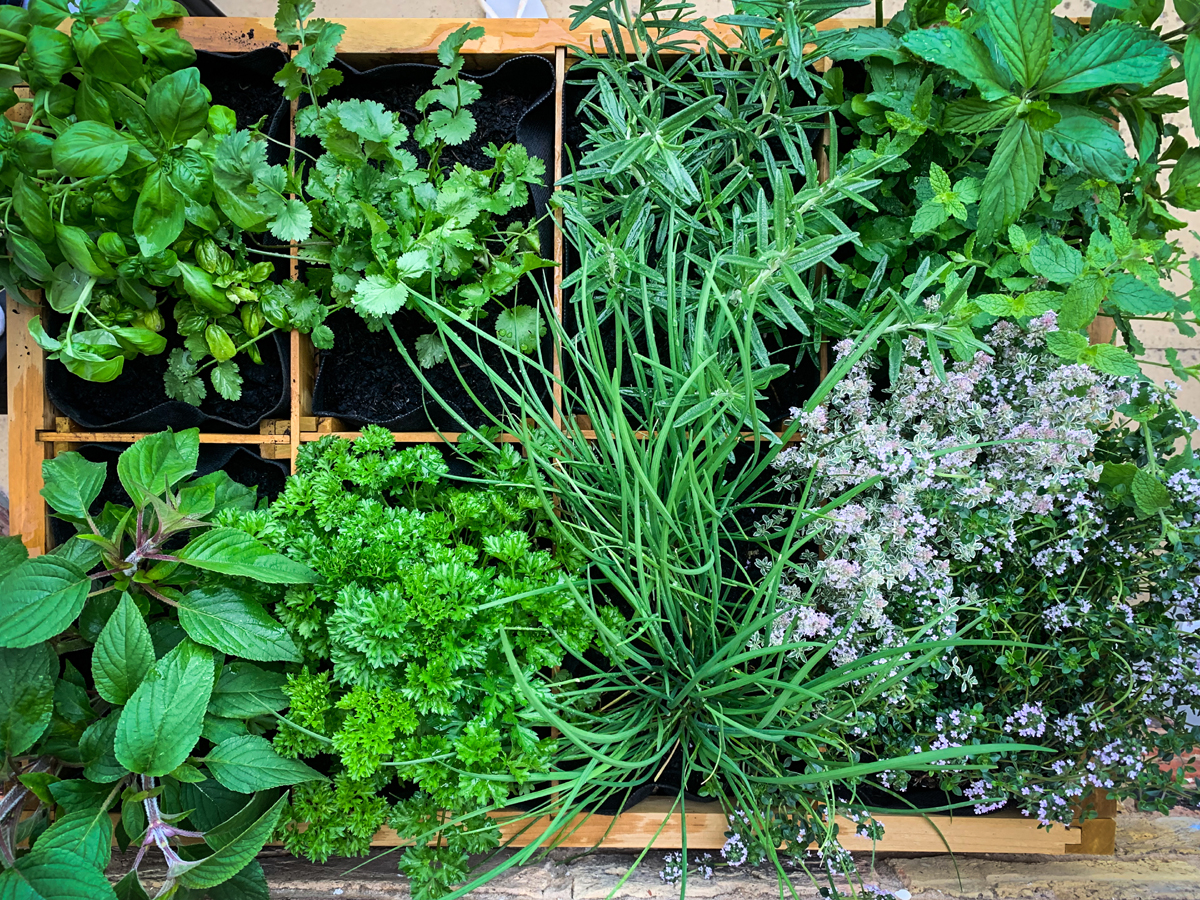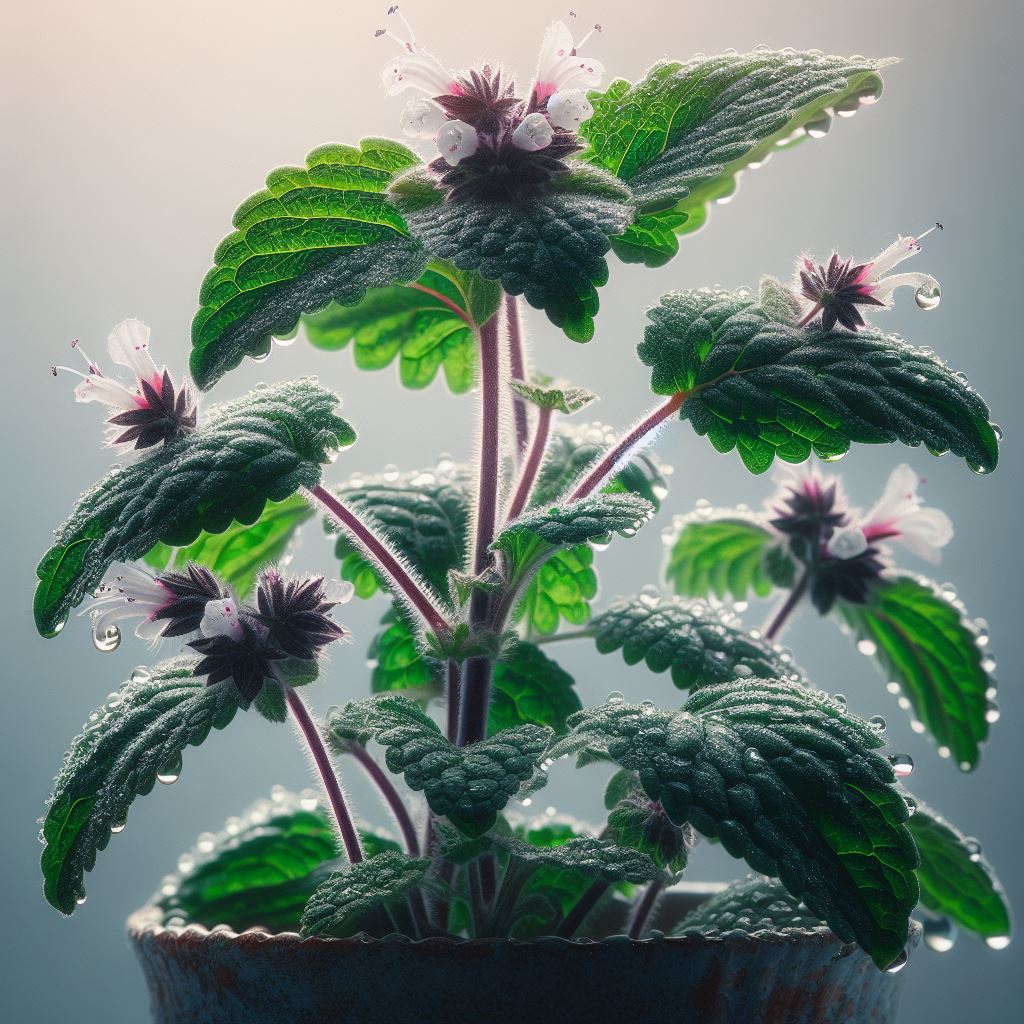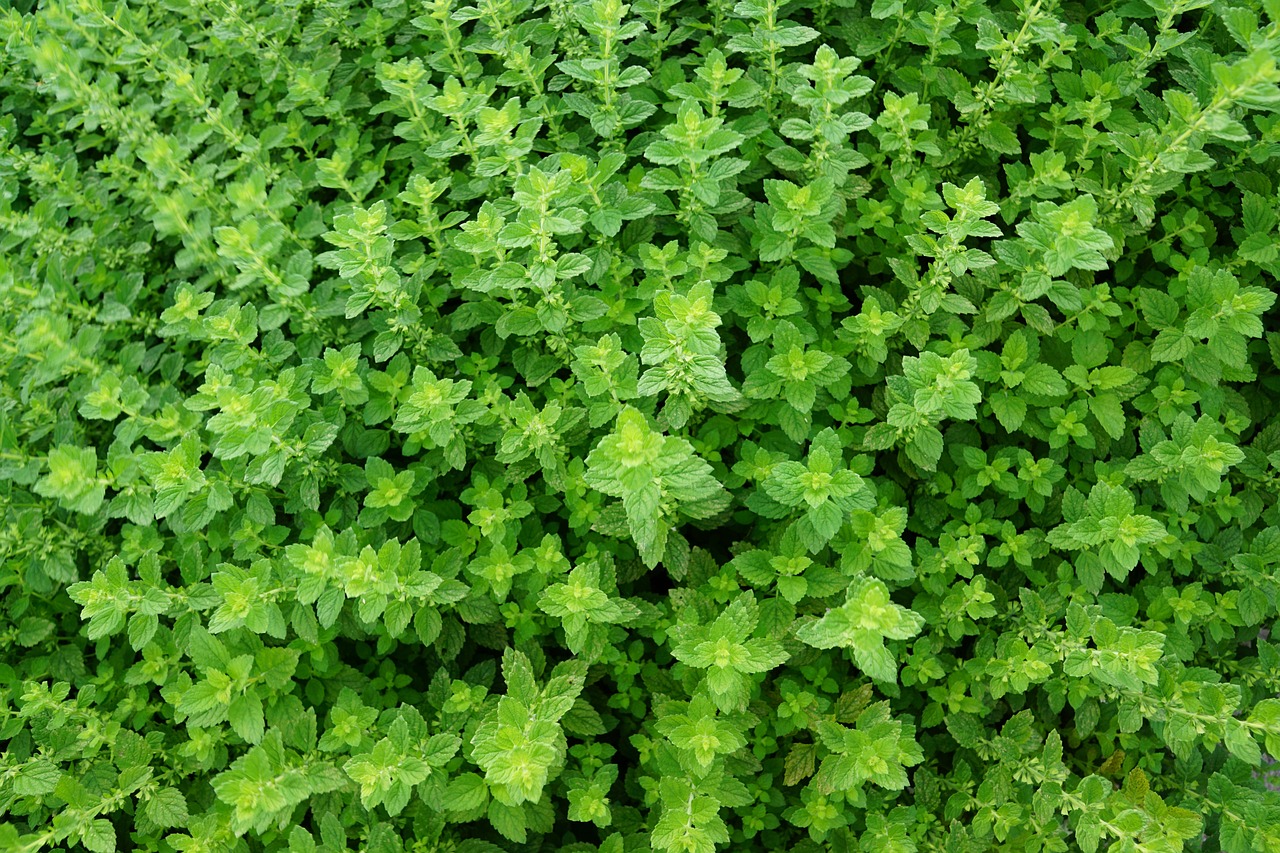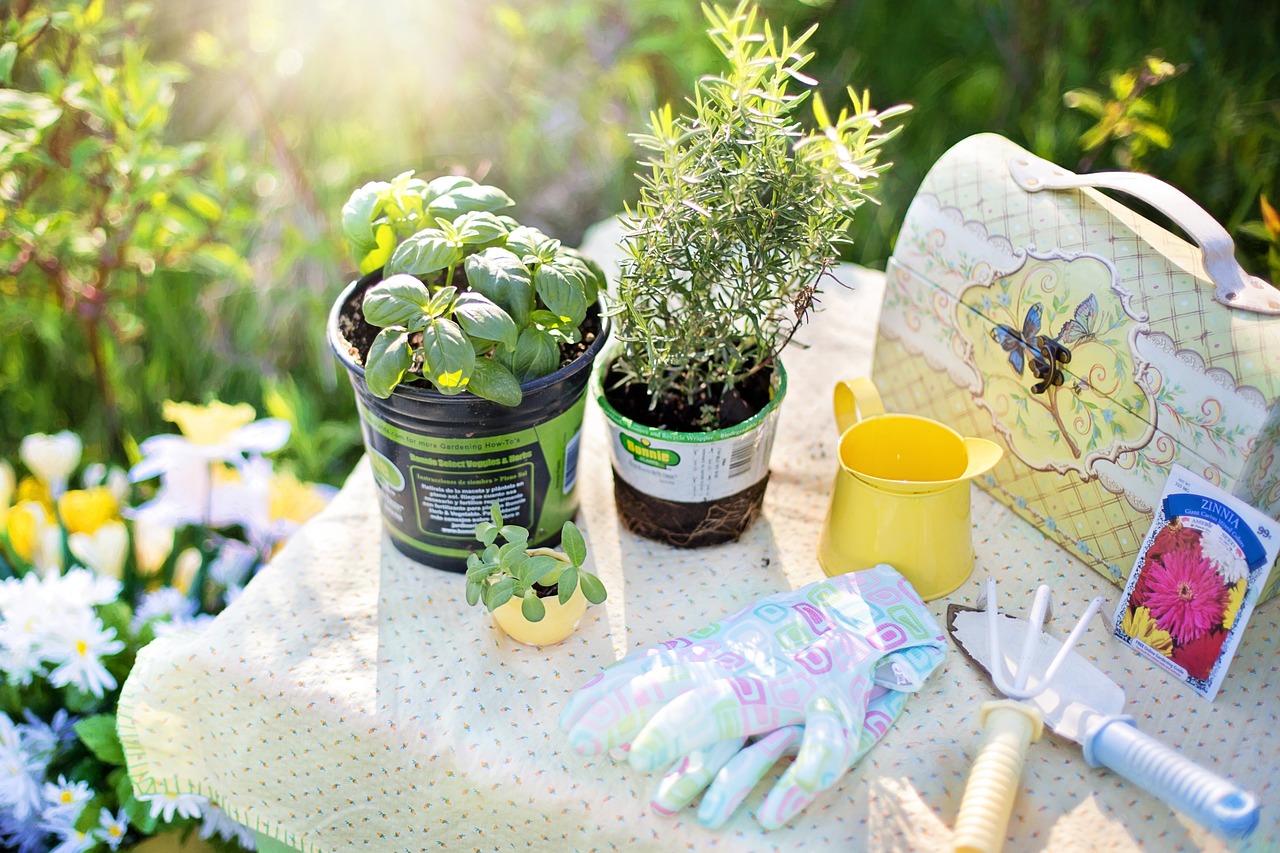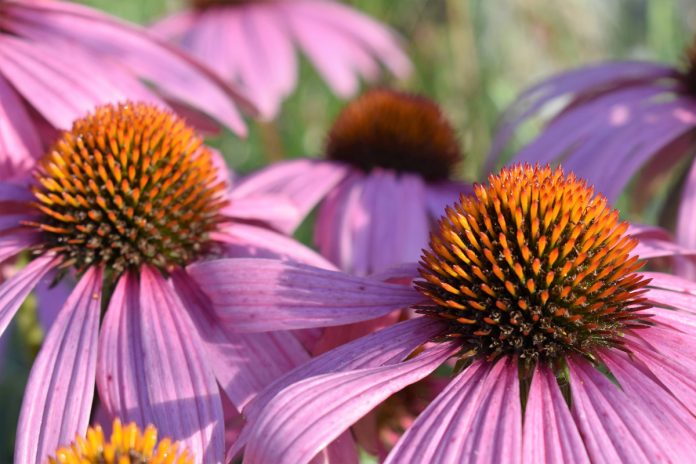How to Propagate and Grow Mint
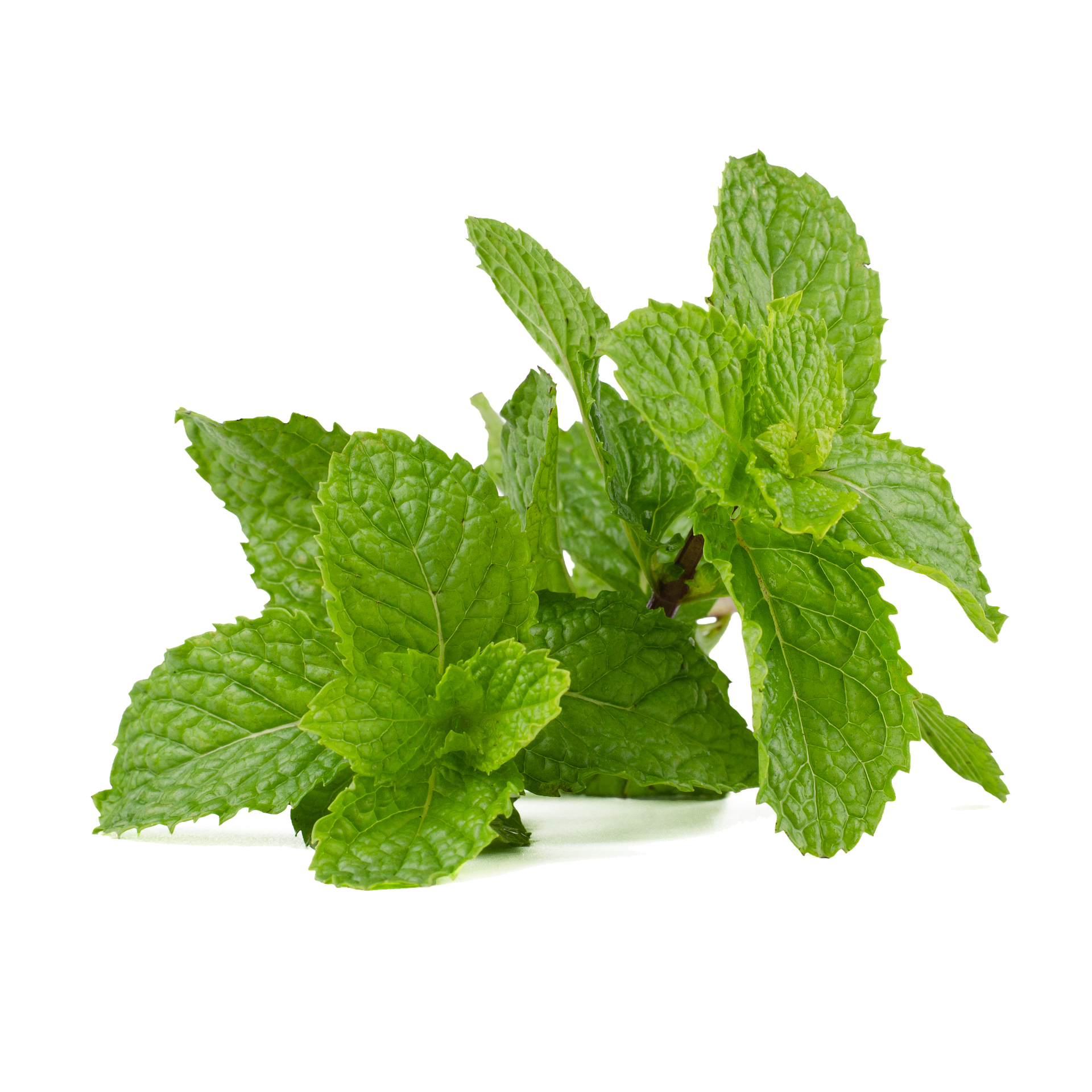
Of all the herbs I grow in my garden, mint is probably the most evocative. Its fresh pungent scent reminds me of summer days and mint tea and never fails to lift the spirit. There are so many varieties of mint, each one cleverly replicating a familiar scent from another plant or food. From chocolate mint to peppermint, each one has its own distinctive smell and use. Apple mint is probably the most useful culinary herb and certainly the best with new potatoes. Here is a quick guide to growing mint from cuttings and how to grow it successfully in containers.
Mint is an herbaceous perennial which means it will die down during the winter months. But as soon as spring arrives it will start to emerge and send up new shoots. Take your cuttings in spring when this new growth begins and you will have healthy plants to harvest from all summer. Take about an 8cm cutting from the top of the plant. Remove all the lower leaves and trim the stem to just below a leaf node. Pinch out the growing tip of the cutting to encourage it to put all its efforts into growing new roots. Fill a seed tray or individual pots with compost mixed with vermiculite. Make a hole with a pencil or mini dibber and insert the cutting into it, taking care not to crush the stem. Don’t forget to label each cutting and then water thoroughly. Mint roots quite easily so placing the cuttings out of direct sunlight in the greenhouse should be fine.
Growing Mint in a Container
Mint is a very vigorous plant and can easily become invasive when grown in the ground. One way around this is to grow your mint in containers. However, whether you are planting mint alongside other herbs in your container or planting several varieties of mint together, the principle is the same. To avoid the more rampant varieties from taking over, it is a good idea to plant the mint in the container still in its plastic pot. This can only be a short term solution as the plants will soon out-grow the confines of the smaller pots but you can lift them once the summer is over and over winter them individually in larger pots. Fill a large pot with gritty compost. Sit the mint in its plastic pot on top of the compost. Fill the rest of the container with other herbs or other varieties of mint, and then top up with compost. Water well. Throughout the summer, keep pinching out the growing tips of the plants to make sure you have a constant supply of mint from nice bushy plants. Remember that any plant grown in garden planters will need to be watered more regularly than plants in the ground.
The Author:
Jo Poultney is one of two people behind Garden Planters. I have an RHS general certificate in horticulture.

